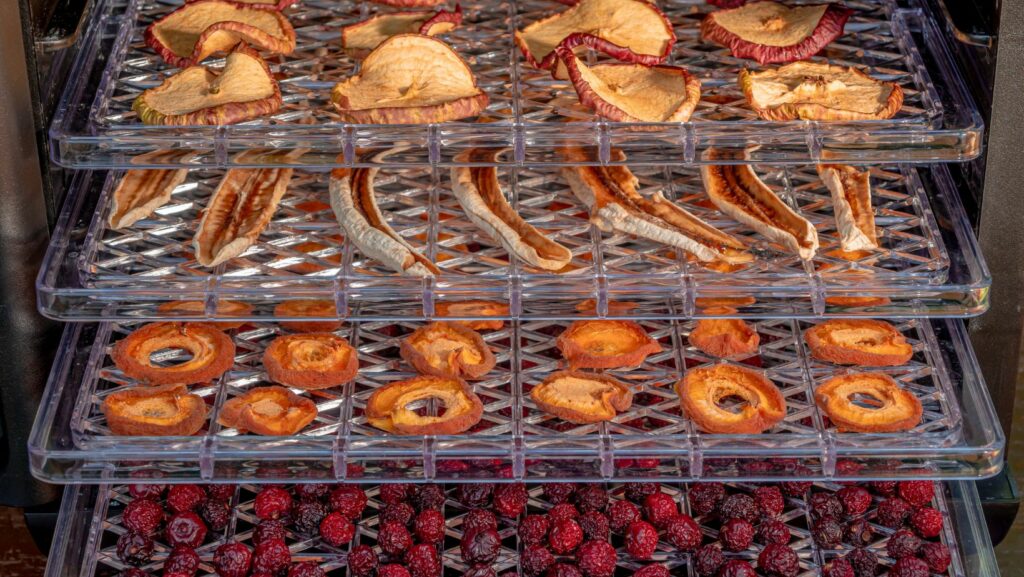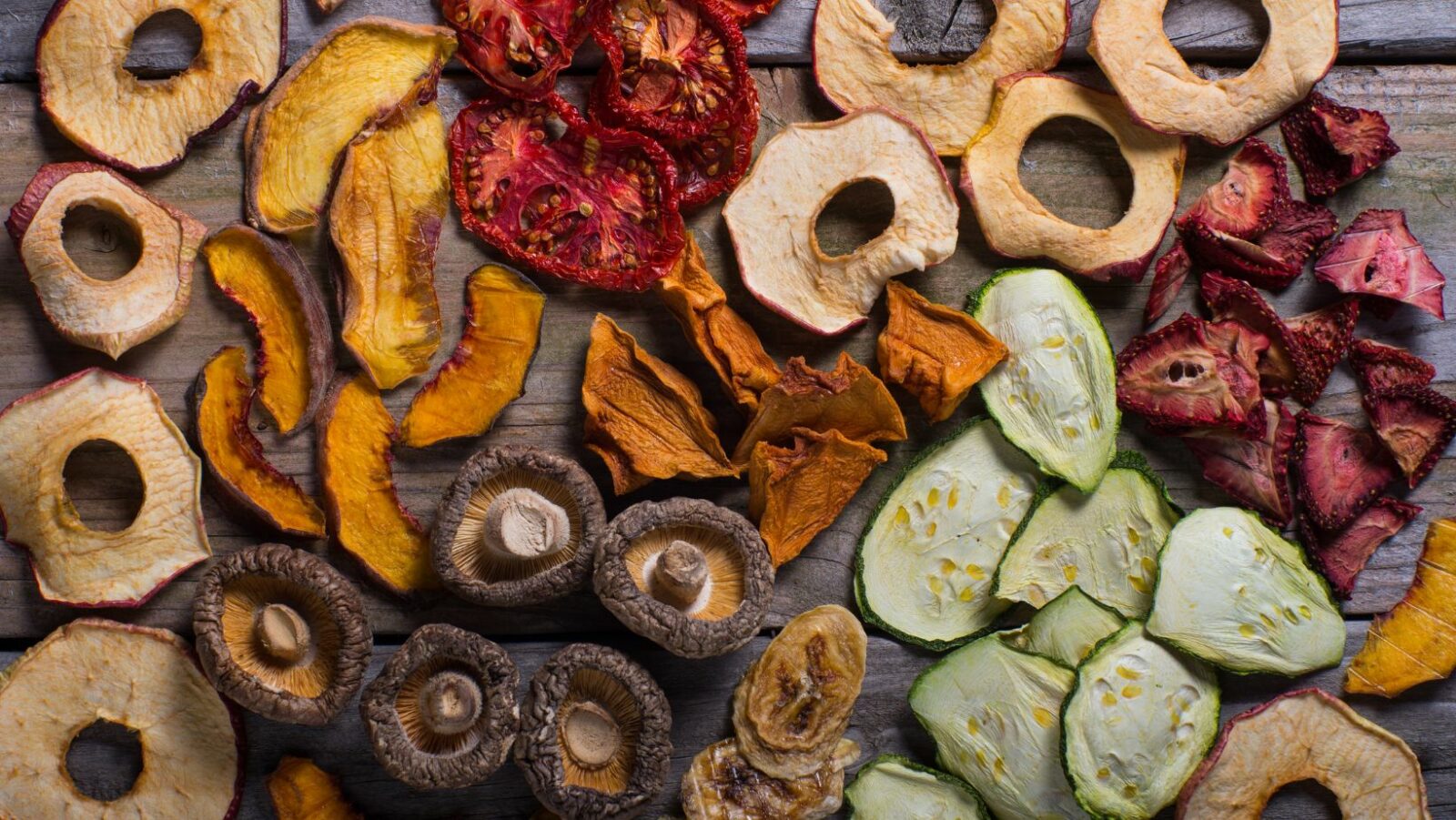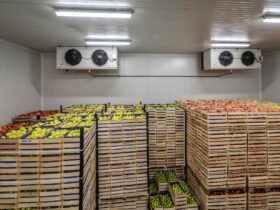In a world striving for sustainability and self-sufficiency, preserving food through dehydration stands as a timeless technique offering numerous benefits. As fresh produce tends to spoil relatively quickly, discovering the secrets of dehydrating fruits for long-term storage not only extends their shelf life but also retains essential nutrients. This article delves into the art and science of dehydrating fruits, unveiling expert strategies and practical insights for preserving fruits effectively.
Understanding the Dehydration Process

Dehydration involves eliminating moisture from fruits to inhibit the growth of microorganisms that cause spoilage. By removing water content, fruits become less prone to decay, thereby prolonging their longevity. Understanding the dehydration process is fundamental:
- Preparation: Select ripe, high-quality fruits and wash them thoroughly. Remove seeds, stems, and any spoiled parts before slicing the fruits uniformly to ensure even drying.
- Dehydration Methods: Various methods exist for dehydrating fruits, including air-drying, sun-drying, oven-drying, and using food dehydrators. Each method requires different temperatures, airflow, and duration for optimal results.
- Optimal Conditions: Fruits generally require low humidity and consistent airflow for successful dehydration. Controlling temperature and ensuring proper ventilation are crucial for preserving the fruits’ quality.
- Monitoring the Process: Regularly check the fruits during dehydration to prevent over-drying or under-drying. They should feel leathery, slightly pliable, and free of moisture when properly dehydrated.
Secrets to Successful Fruit Dehydration
Achieving perfect dehydration involves mastering a few secrets:
- Choosing the Right Fruits: Certain fruits dehydrate better than others. Apples, bananas, berries, mangoes, and pineapples are popular choices due to their taste and texture after dehydration.
- Pre-Treatment for Color Retention: To prevent fruits from darkening during the drying process, pre-treat them with lemon juice, ascorbic acid, or honey-water solutions. This preserves their natural color and prevents oxidation.
- Blanching for Better Results: Blanching some fruits like peaches, apricots, or plums before dehydration helps retain color, texture, and flavor while reducing the drying time.
- Proper Storage: Once dehydrated, store the fruits in airtight containers or vacuum-sealed bags in a cool, dry, and dark place. Properly stored dehydrated fruits can last several months to a year.
Benefits of Dehydrated Fruits
Apart from extended shelf life, dehydrated fruits offer several advantages:
- Nutrient Retention: Dehydrated fruits retain most of their vitamins, minerals, and fiber content, making them a nutritious snack option.
- Space and Portability: Dehydrated fruits are lightweight, occupy less space, and are convenient for on-the-go snacking, hiking, or camping.
- Versatility in Usage: Dehydrated fruits can be rehydrated for use in recipes like jams, sauces, or baked goods, or consumed as is for a healthy snack alternative.
- Reduced Food Waste: Dehydrating surplus fruits prevents wastage and allows for year-round availability of seasonal fruits.
Unlocking the Potential of Dehydrated Fruits
Embracing the art of dehydrating fruits opens doors to creativity and experimentation:
- Flavor Infusion: Experiment with different spices, herbs, or sweeteners to enhance the taste of dehydrated fruits, creating unique flavor profiles.
- Combining Fruits: Mix various fruits before dehydration to create customized fruit blends, offering diverse textures and tastes in a single snack.
- Gifts and Treats: Packaged in decorative jars or bags, dehydrated fruits make thoughtful, homemade gifts or healthy treats for friends and family.
- Educational Endeavors: Engage children in the dehydration process as a fun and educational activity, teaching them about food preservation and healthy snacking.
Conclusion
In conclusion, mastering the secrets of dehydrating fruits for long-term storage empowers individuals to preserve seasonal abundance, minimize food waste, and enjoy nutritious snacks year-round. By understanding the dehydration process, implementing expert strategies, and exploring the versatility of dehydrated fruits, one can embark on a flavorful journey of preservation and culinary exploration.






